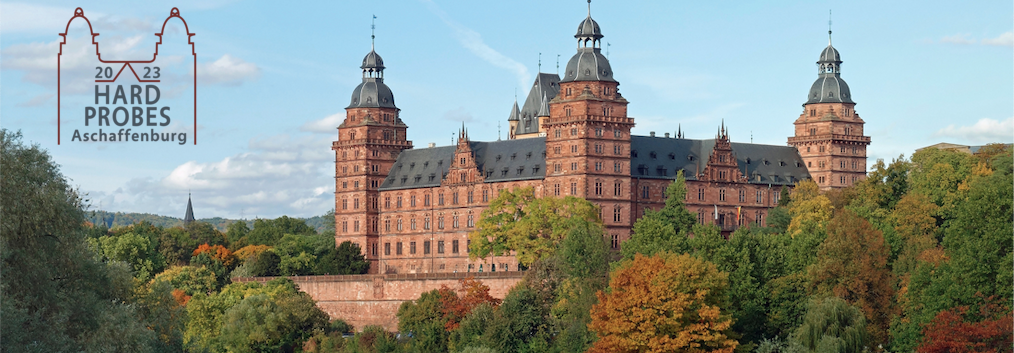Sprecher
Beschreibung
Jets are multi-scale objects that connect asymptotically free partons to confined hadrons. Jet substructure measurements in vacuum provide essential insight into the parton evolution and the ensuing non-perturbative processes.
In this study, we use the SoftDrop grooming technique, based on the angular-ordered Cambridge/Aachen reclustering algorithm, to probe correlations between jet substructure variables. This technique provides a correspondence between experimental observables and QCD splitting functions in vacuum. Corrections for detector effects are carried out utilizing either a three dimensional correction procedure or a machine learning based framework called MultiFold, with the latter retaining the correlations across jet substructure observables.
In particular, we explore ensemble level and jet-by-jet correlations between variables such as the shared momentum faction ($z_{\text{g}}$), splitting scale ($k_{\text{T}}$), groomed mass fraction ($\mu$), jet charge ($Q$, sensitive to the hadronization process) and groomed jet radius ($R_{\text{g}}$) for jets of varying momenta and radii in $p$+$p$ collisions at $\sqrt{s} = 200$ GeV using the STAR detector. To study the evolution along the jet shower, we present splitting observables at the first, second, and third splits along the jet shower for various jet and initiator prong momenta. Finally, the measurements are compared to leading order Monte Carlo models, such as PYTHIA 6, PYTHIA 8 and HERWIG.
Affiliation
STAR
| Experiment/Theory | STAR |
|---|
